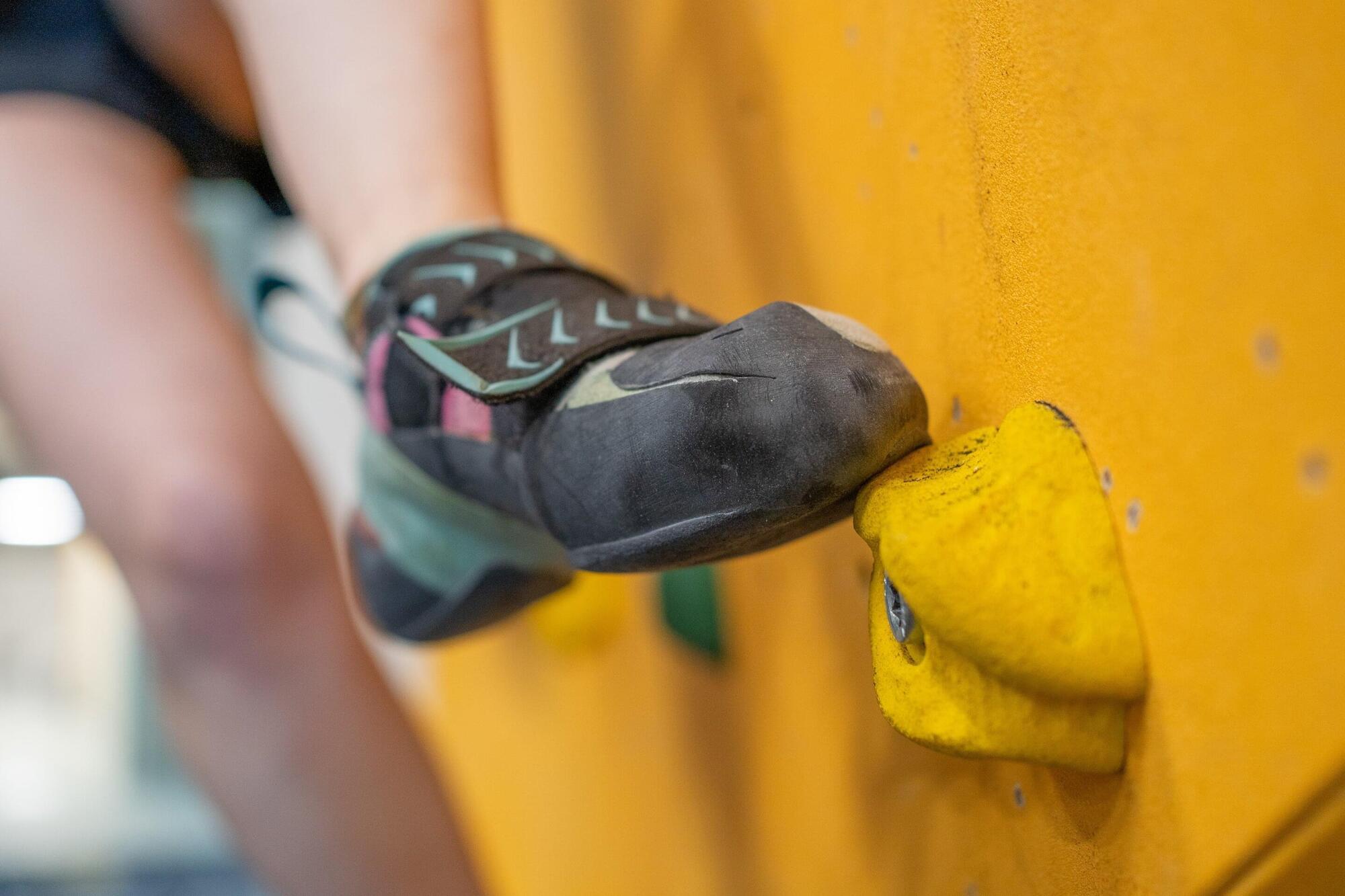What if the universe didn’t begin with a Big Bang? A groundbreaking new theory suggests it evolved through a series of rapid, unseen bursts of energy.
New semiconductor devices could supplement solar cells by making electricity when the Sun isn’t shining.
Those who climb indoors are doing something for their health. But climbing shoes contain chemicals of concern that can enter the lungs of climbers through the abrasion of the soles.
In a recent study, researchers from the University of Vienna and EPFL Lausanne have shown for the first time that high concentrations of potentially harmful chemicals from climbing shoe soles can be found in the air of bouldering gyms. In some cases they are higher than on a busy street. The results have been published in the journal ACS ES&T Air.
A climbing hall is filled with a variety of smells: sweat, chalk dust and a hint of rubber. A research group led by environmental scientist Thilo Hofmann at the University of Vienna has now discovered that rubber abrasion from climbing shoes can enter the lungs of athletes. The shoes contain rubber compounds similar to those used in car tires—including additives suspected of being harmful to humans and the environment.
Psilocybin, a natural compound found in certain mushrooms, has shown promise in treating depression and anxiety. UC San Francisco researchers wanted to know if it could be used to help Parkinson’s patients who often experience debilitating mood dysfunction in addition to their motor symptoms and don’t respond well to antidepressants or other medications.
The results were surprising.
Not only did participants tolerate the drug without serious side effects or worsening symptoms, which is what the pilot study was designed to test, they also experienced clinically significant improvements in mood, cognition, and motor function that lasted for weeks after the drug was out of their systems.
A new study explores why some individuals are more inclined to help others, finding key differences in brain activity and oxytocin signaling.
Calling our universe the ‘ultimate computer,’ Professor Vopson claims gravity could be the universe’s way of managing data and information.
Just one look at the next-generation lightweight, soft exoskeleton for children with cerebral palsy reveals the powerful role technology can play in solving global challenges and improving lives.
Built to help children walk, MyoStep addresses motor impairments that severely restrict children’s participation in physical activities, self-care and academic pursuits, leading to developmental delays, social isolation and reduced self-esteem. It is lightweight, discreet, made of smart materials and wearable technology, and tailored to fit seamlessly into the lives of children and their families.
The MyoStep soft exoskeleton is introduced in IEEE Electron Devices Magazine by a team from the NSF UH Building Reliable Advances and Innovation in Neurotechnology (BRAIN) Center, an Industry–University Cooperative Research Center (IUCRC) and TIRR Memorial Hermann.
Ex vivo models capture the cellular and functional richness of respiratory tract tissues and enable study of viral pathogenesis.
Self-propulsion enzymatic nanomotors have shown tremendous potential in the field of diagnostics. In a study led by Wang and coworkers, nanoenzyme-driven cup-shaped nanomotors were designed for enhanced cell penetration and synergistic photodynamic/thermal treatments under single near-infrared laser irradiation. By combining the concepts of self-propulsion enzymatic nanomotors and synergistic dual-modal therapy, this work provides a new idea and tool for the application of nanomotors in the biomedical field.









